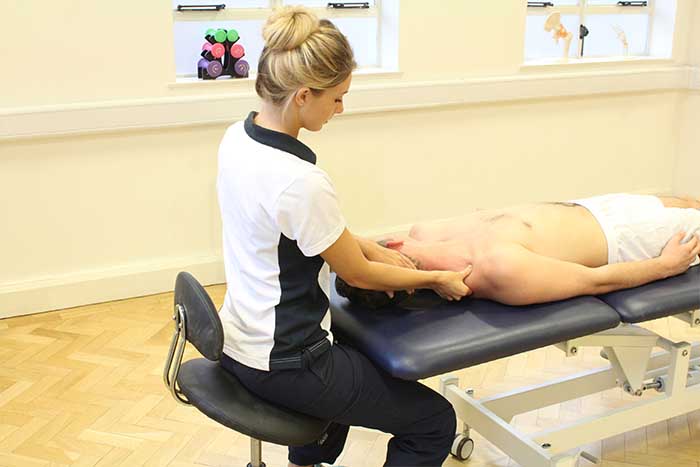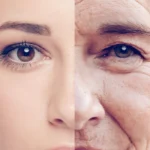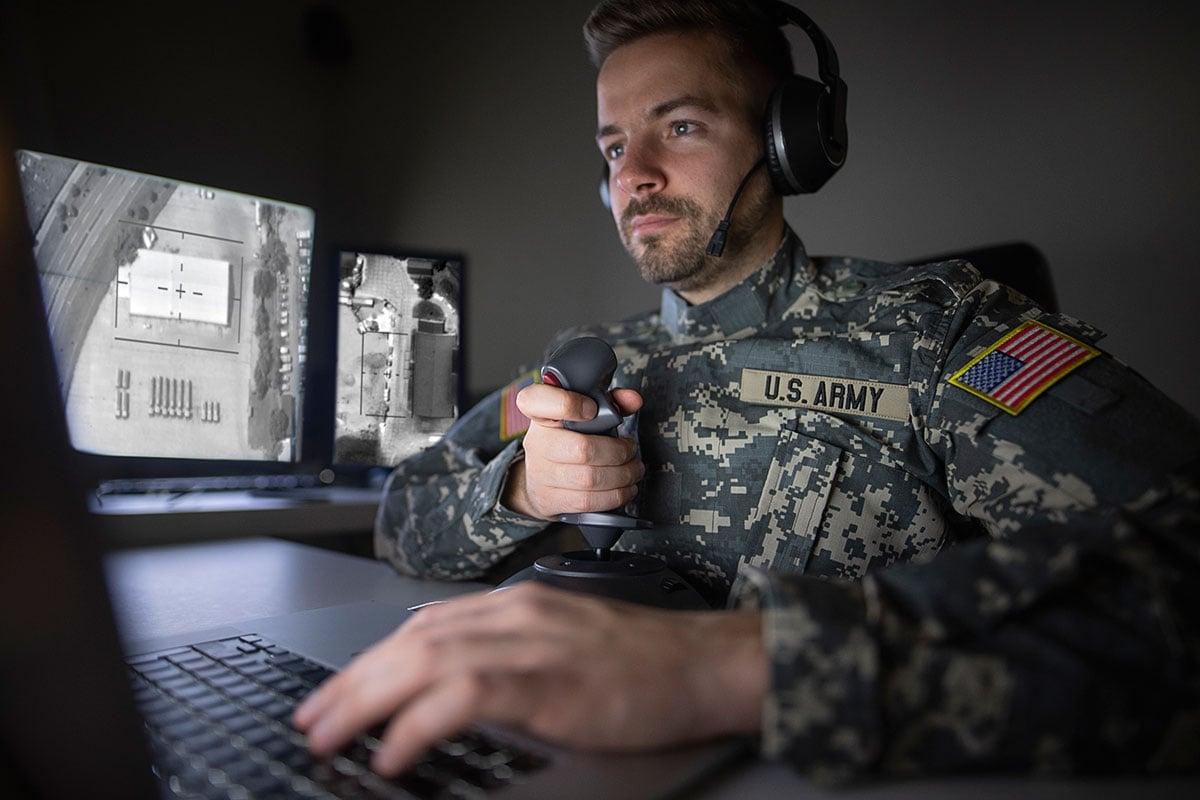Massage therapy can play a role in supporting how your muscles feel and function throughout the day. When muscles are tight, they may create sensations of discomfort or restriction in how you move. On the other hand, underused muscles may not contribute much to the body’s overall sense of support. These differences in how muscles behave can affect how you sit, stand, or carry yourself.
Massage and Muscle Tension
Many people turn to massage therapy when they feel tension or tightness in their muscles. Techniques used in massage therapy may help loosen areas that feel stiff or overworked. Some individuals notice that their shoulders, back, or neck feel more mobile after a session. This improved comfort may make it easier to maintain a more upright or relaxed position throughout the day.
The physical manipulation of soft tissue may help increase awareness of where the body tends to hold tension. This awareness can influence how people move and position themselves, especially in areas like the spine, shoulders, and hips. As massage work continues over time, individuals may find they’re able to adjust their posture more comfortably and with less effort.
Rebalancing Muscle Use
In day-to-day life, people often develop habits that favor certain muscles over others. Sitting at a desk, repeating the same motions, or carrying bags on one side of the body can create uneven use. Some muscles may become more active, while others may not engage as often. These patterns may affect how the body feels and performs basic tasks.
Massage therapy offers a chance to focus attention on these differences. By working on both the overused and underused muscle areas, massage therapists can tailor their approach to each individual’s needs. This type of care often draws attention to how one part of the body responds about another. Over time, this focused attention may influence how a person distributes effort through their body during movement or rest.
Becoming More Body Aware
Massage sessions are not just physical; they also offer space for reflection. As massage therapists address tight or tender spots, people often become more in tune with areas that are working harder than expected. This insight can be helpful outside the massage room, as it may guide small changes in movement patterns or positioning during daily routines.
Noticing how the body responds to stress, work, or rest can influence how someone sits at a computer, stands in line, or even sleeps at night. With regular sessions, some individuals begin to identify and respond to signs of tightness or imbalance earlier. This proactive approach may contribute to a greater sense of ease and control in everyday movements.
Discover the Benefits of Massage Therapy
Massage is one of many tools people use to support physical comfort and mobility. While results may vary, those who receive massage regularly often describe changes in how their body feels and functions throughout the day. Sessions can be part of a broader plan that includes exercise, stretching, ergonomic adjustments, and other self-care strategies.
Rather than offering a one-size-fits-all solution, massage provides a flexible approach that can evolve with your needs. Whether you’re looking to relax, explore your body’s patterns, or address areas of tension, massage offers time and space to reconnect with how your body feels and how you move through the world.





